Are you interested in learning a versatile and powerful programming language that’s used in countless applications and devices? Look no further than Java! In this article, we’ll explore the world of Java programming in easy-to-understand language, perfect for beginners. Whether you’re a novice or have some coding experience, this article will give you a solid foundation in Java.
What is Java Language?
Java is a widely-used, high-level, and versatile programming language known for its platform independence and readability. Created by James Gosling and his team at Sun Microsystems (now owned by Oracle Corporation) in the mid-1990s, Java was designed to be a general-purpose language that could be used in various computing platforms. It’s used in web development, mobile app development, game development, and more.
Why Learn Java Language?
- Platform Independence: One of the standout features of Java is its “write once, run anywhere” capability. This means that you can write a Java program on one platform and run it on any other platform without modification. Java accomplishes this using the Java Virtual Machine (JVM), which interprets the code on different systems.
- Versatility: Java is incredibly versatile and can be used for a wide range of applications. From creating web applications to Android app development, Java has you covered.
- Strong Community: Java has a vast and supportive community of developers. This means that you’ll have access to countless resources, tutorials, and forums to help you along your learning journey.

java language | How To Learn Java | What is Java?
When To Use Java Language?
- You want your program to work on different types of computers.
- You are making big business software.
- You need to create websites.
- You want to make Android phone apps.
- You’re doing science or research.
- You’re making small computers work.
- You’re dealing with lots of data.
- You’re making video games, but it’s not the best choice for this.
Key Concepts in Java
- Variables: In Java, you can create variables to store data. These variables can be of different types, such as integers, strings, or booleans. For example,
int age = 25;creates an integer variable ‘age’ with the value 25. - Data Types: Java offers a variety of data types, including int (for integers), double (for floating-point numbers), and String (for text). Understanding these data types is essential for writing effective Java code.
- Control Statements: Java provides control statements like if-else and switch to control the flow of your program. These statements allow you to make decisions and execute different blocks of code based on conditions.
- Loops: Loops like for, while, and do-while enable you to execute a block of code repeatedly. They are useful for iterating through data or performing a task multiple times.
- Functions and Methods: Java uses functions (also known as methods) to organize code into reusable blocks. This promotes modular programming and makes your code more efficient.
Getting Started with Java
To get started with Java, you’ll need a development environment. Download the Java Development Kit (JDK) from the official Oracle website and install it on your computer. You’ll also need a code editor, such as Eclipse, NetBeans, or IntelliJ IDEA, to write and run your Java programs.
Once you have the environment set up, you can start writing your first Java program. Here’s a simple example to display “Hello, Java!” on the screen:
public class HelloWorld {
public static void main(String[] args) {
System.out.println("Hello, Java!");
}
}
Save this code in a file with a “.java” extension, such as “HelloWorld.java.” Then, use the command prompt or terminal to compile and run the program.
What is a Java Reference?
A Java reference is a variable that stores the memory address (location) of an object, rather than the object’s actual data. These references allow you to access and manipulate objects in memory indirectly. In Java, all non-primitive data types are reference types. This includes classes, arrays, and interfaces.
Types of Java References:
- Strong References: These are the most common references in Java. As long as an object is strongly referenced, it won’t be collected by the garbage collector.
- Soft References: Soft references allow an object to be collected if there is memory pressure. They are typically used for caching data that can be easily recomputed.
- Weak References: Weak references allow an object to be collected as soon as there are no strong references to it. They are useful for preventing memory leaks in certain scenarios.
- Phantom References: Phantom references are primarily used for cleanup operations before an object is collected. They are often used in conjunction with a
ReferenceQueueto perform actions just before an object’s memory is released.

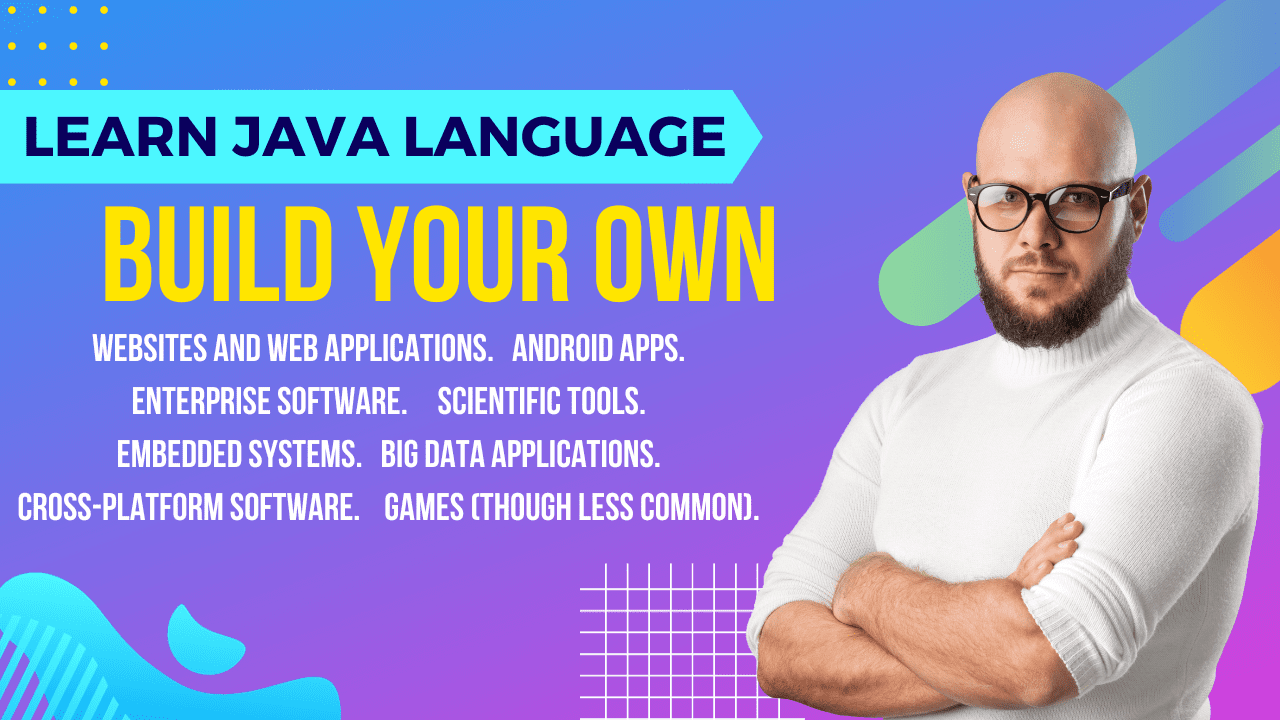
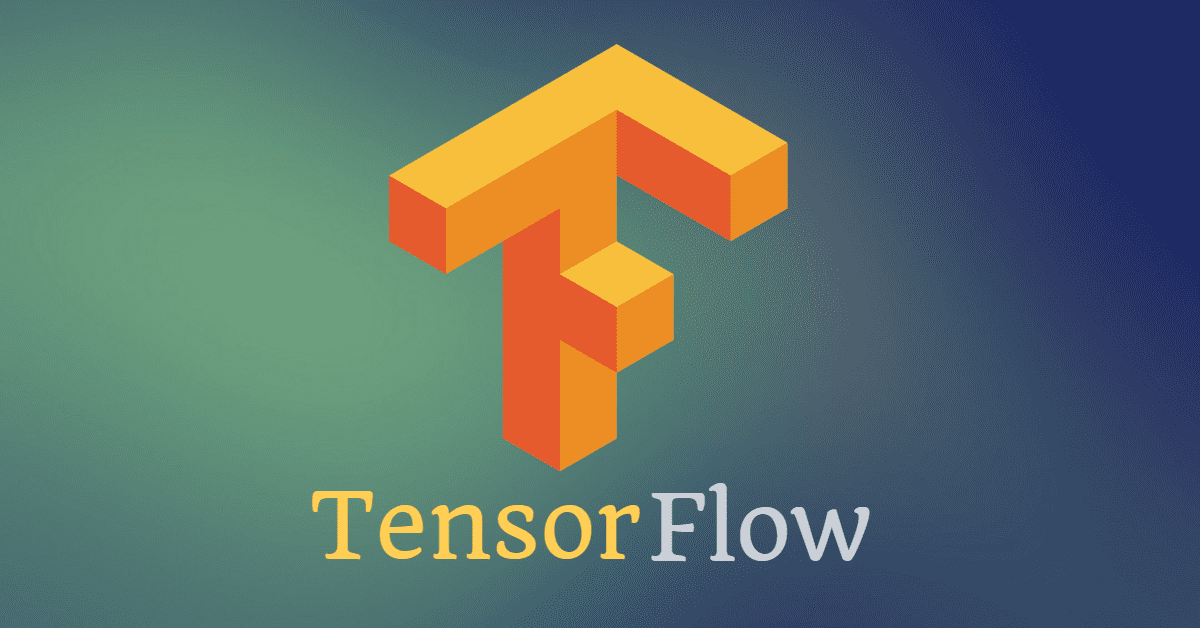

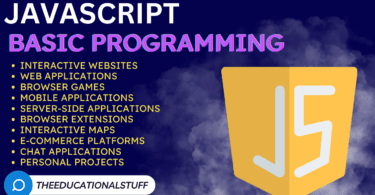

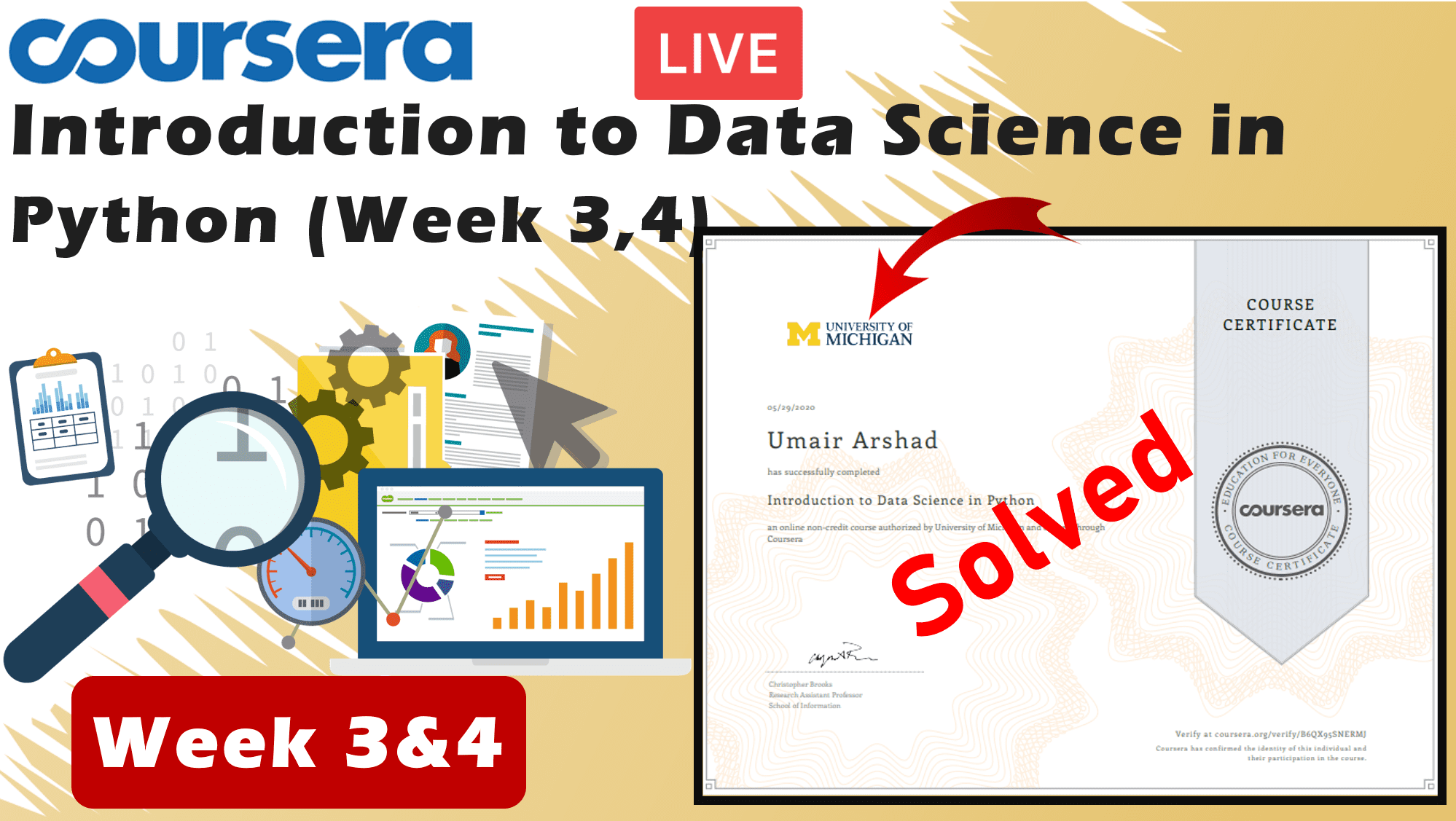
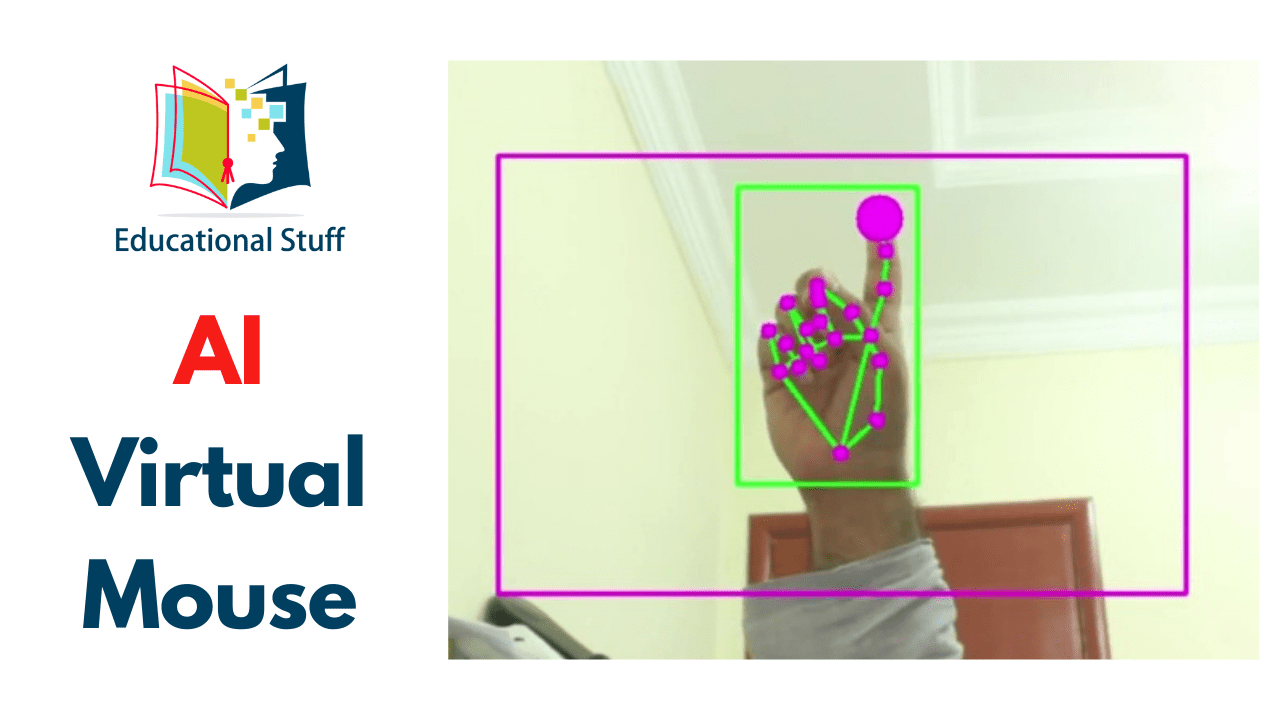
Leave a Comment